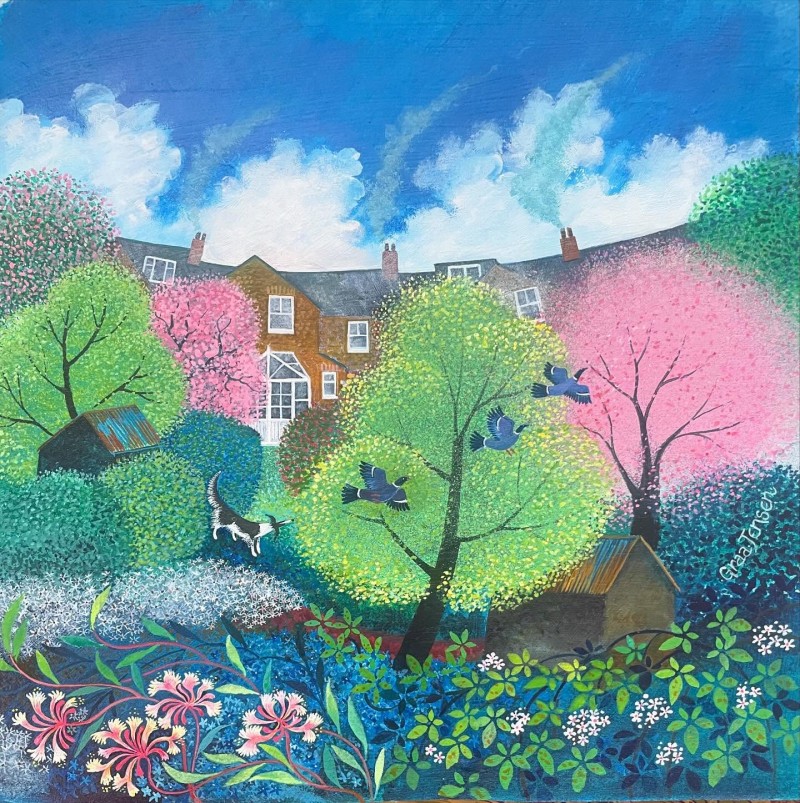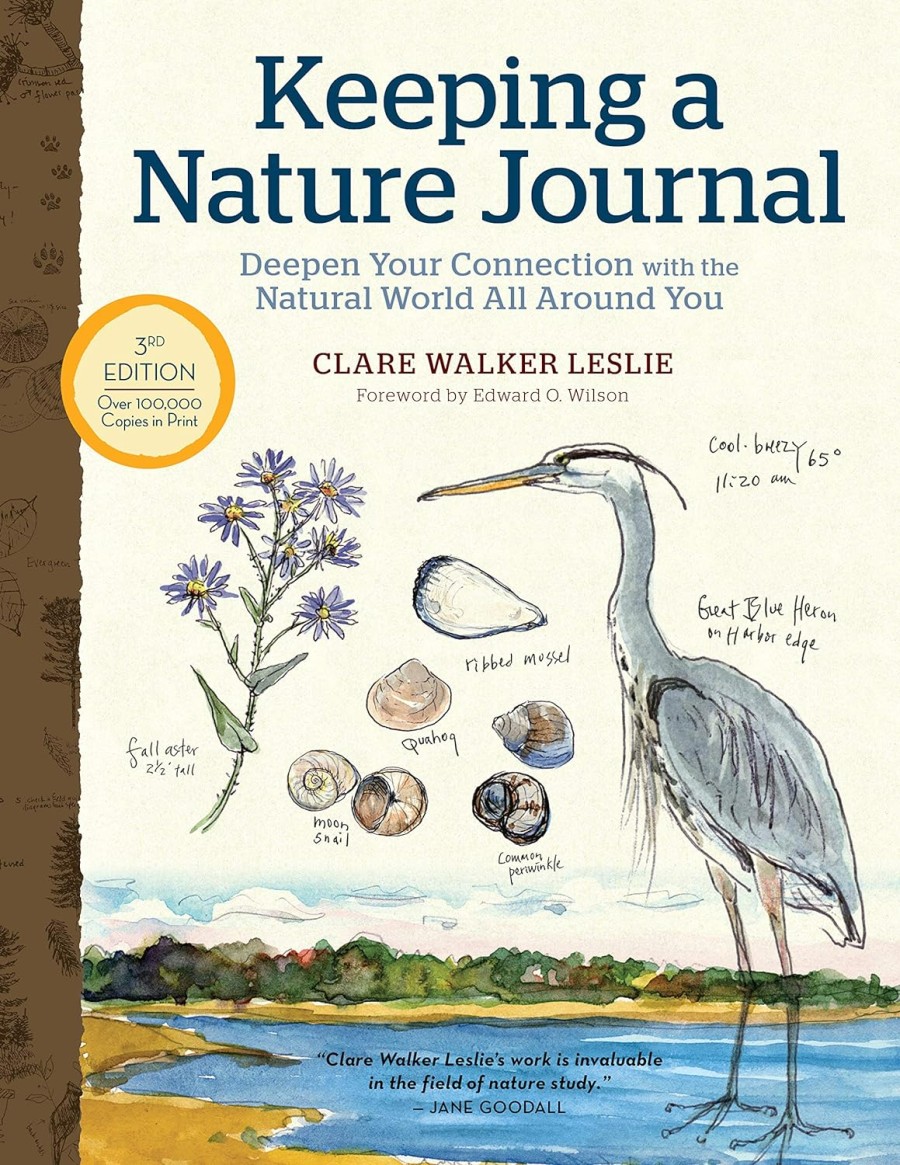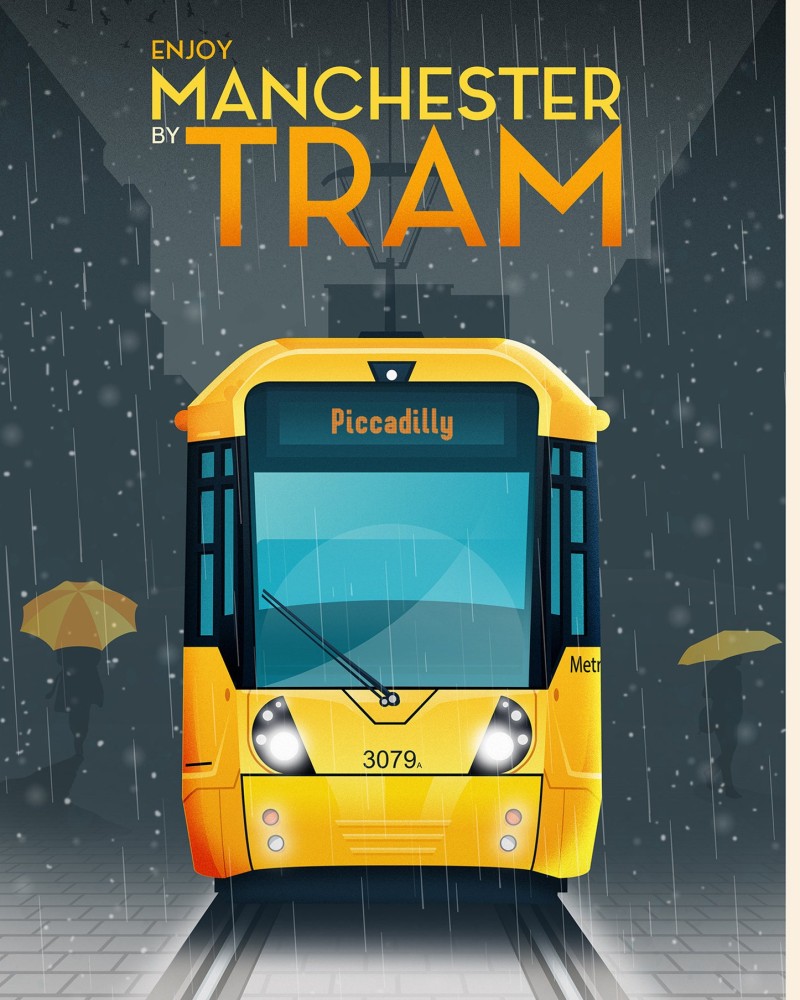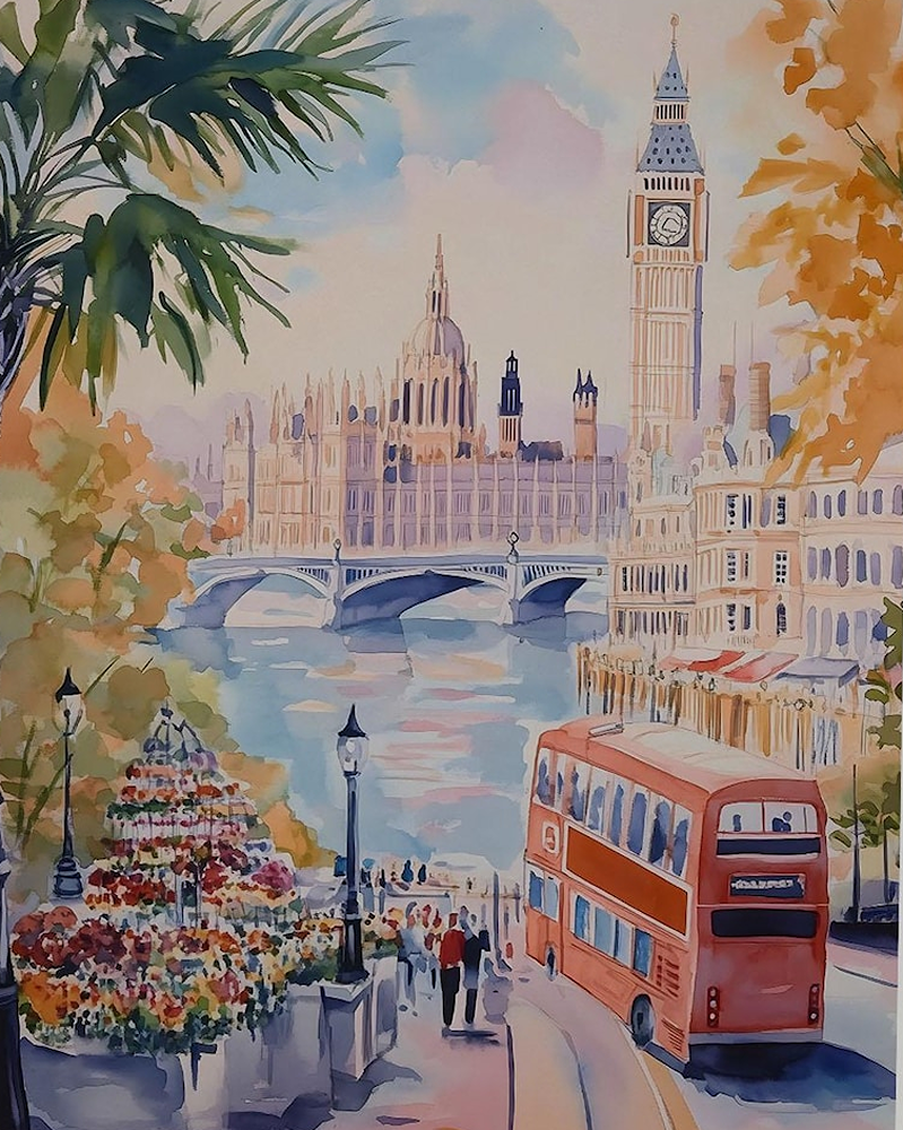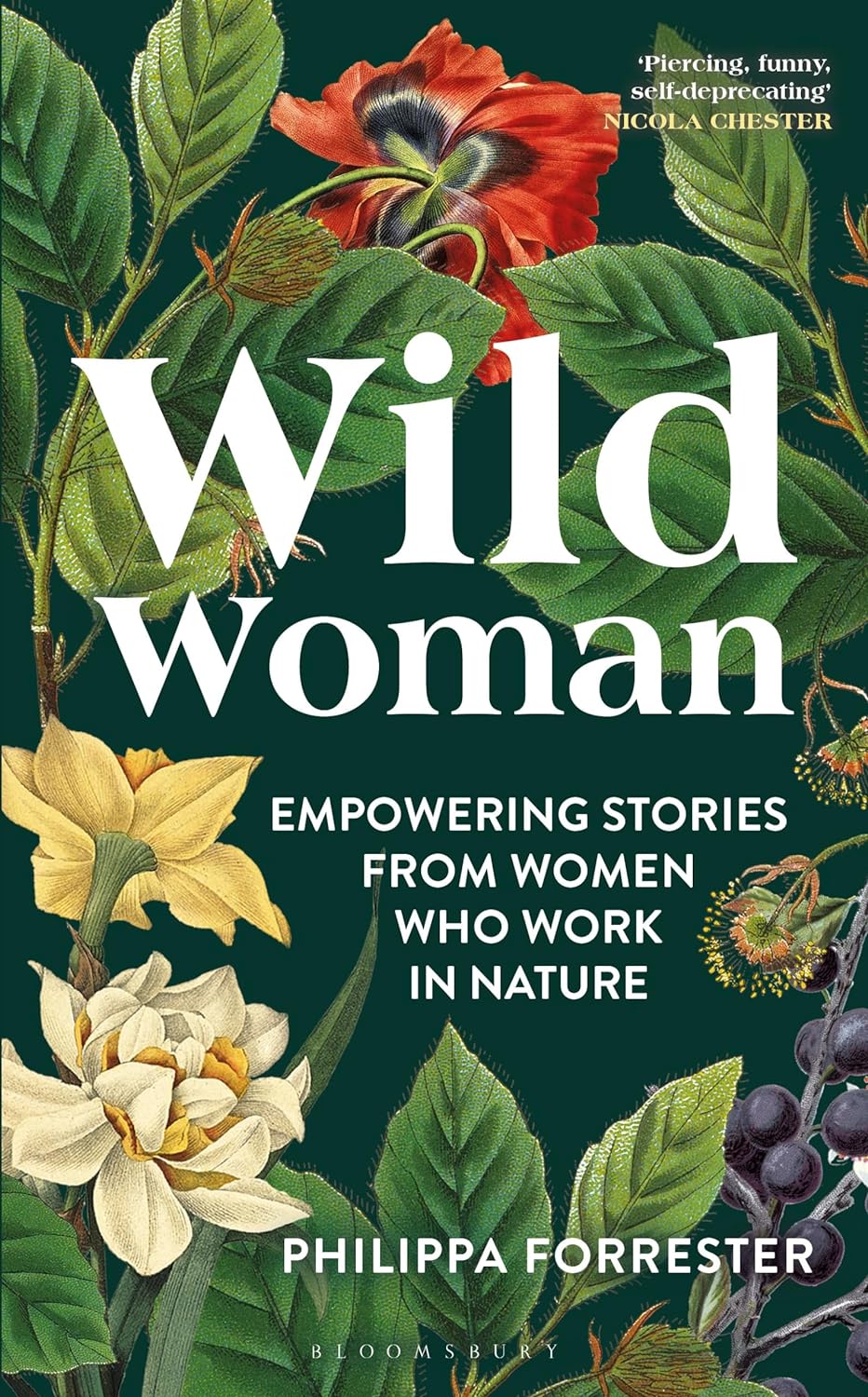How to Help Protect England’s Historic Canals

England’s canals are more than just pretty waterways. Their winding paths tell stories of commerce, heritage and industry, stretching back over two centuries. Once the lifeblood of transport during the Industrial Revolution, today these canals offer peace, natural beauty and glimpses of wildlife right in the heart of towns and cities.
There are over 2000 miles of canals across England and Wales, and nearly everyone lives within a few miles of one.
Keep dogs on leads near canals (especially near ducks) and likewise children, as banks can be steep. Don’t swim in canals, as rivers can carry disease.
Pollution is the main enemy of canals. With a hugely grown population, today waste is dumped into canals from oil to industrial runoff and from plastic bottles to cigarette butts. Without clean water, canals can’t support the plants and animals that call them home.
Left unmaintained, many canals have fallen into disrepair. Crumbling walls, blocked waterways and damaged locks can make them unusable. Maintenance is expensive. So when funding is cut, these historical gems often fall by the wayside.
As cities grow, canals sometimes pay the price. New housing projects and roads invade their space, and in some cases canals are filled in (or diverted) to make way for construction. This not only erases history, but harms the planet.
Stop Litter and Plastic Pollution
Rubbish and plastics are among the biggest threats to canal wildlife, water quality and enjoyment for everyone. Even small bits of litter end up in the water, harming birds, fish and plants. Carry a bag when you visit, collect any rubbish you spot and recycle what you can.
If you see bins overflowing, report it to Fix My Street and your local canal trust. It’s a small act, but if more people did it, the canals would be cleaner and safer for all.
Respect Towpaths and Canal Banks
Erosion is a real problem for canal edges. Walking, cycling or fishing in the wrong spot can break down banks and disturb habitats. Stick to marked paths, avoid climbing on vulnerable banks and always leave gates as you find them.
Many organisations run volunteer days fixing towpaths and planting vegetation to stop erosion. Lend a hand if you can—it’s hard but rewarding work, and you’ll help keep the landscape together.
Keep Dogs on Leads
Dogs love water, but canal edges are often soft, steep or fragile. Letting dogs roam can lead to bank collapse, disturb nesting birds or foul the towpath. Read our post on humane dog training.
Use a lead near the water and take biodegradable poop bags. It keeps everyone safe, the water clean and wildlife protected.
Use Canal-Friendly Boats and Engines
If you own or hire a boat, go for an eco-friendly engine and use biodegradable cleaning products. Regular engines can leak oil or spill fuel, which ends up in the water and harms fish and plants.
Electric boats or solar-powered craft are better for the canals’ future. Always fill up carefully at authorised points and never empty bilge or waste directly into the canal.
Read our post for sustainable sailors.
Respect Wildlife in All Seasons

Canals support a web of life: ducks, kingfishers, water voles, fish and rare plants. During nesting and breeding seasons (usually spring and early summer), give wildlife plenty of space. Don’t disturb bird nests, pick wildflowers or let dogs chase animals.
Quiet observation is best. If you’re lucky enough to spot something rare, keep it to yourself—too many visitors can scare it away.
Report Problems Quickly
If you see pollution, damaged locks, fallen trees or fly-tipping, don’t assume someone else will sort it out. Report it straight away to the Canal & River Trust, Environment Agency or local authority.
Fast action can stop bigger problems developing and show authorities that people care about these spaces.
The main issue (like everywhere) for canals is litter. Around 14 million items of plastic waste are found each year by clean-up groups. You can volunteer to clean up local canals. Also report (by phone or email) canal litter, discarded needles and fly-tipping to Canal River Trust.
If you boat on a canal, choose unscented biodegradable cleaning/beauty/laundry brands and wash synthetic fibres in a microfibre filter (you can buy ones to fit over a sink, for hand-washing). Ensure fenders are secured (except bow and stern fenders), to avoid them ending up at the bottom of locks.
Local and national government can include canal protection in planning decisions. Stronger laws to prevent pollution and protect waterways from development would help. And funding is essential for repairs and regular maintenance.
Successful restoration projects show what’s possible. Kennet and Avon Canal was once derelict, but has now been brought back to life. It’s now a bustling waterway loved by boaters and walkers. These projects show that even neglected canals can thrive again, with good effort.
Also speak up for canals in your community. Attend town meetings and voice your concerns about projects that might harm waterways. Write to your councillor and MP, urging them to support better protection policies. Small actions add up, when more people get involved
Books that Meander Along Our Canals

Water Ways: One Thousand Miles Along Britain’s Canals is by slow adventurer Jasper, who spent a whole year exploring these amazing feats of engineering by foot and bike and kayak, or living on a narrowboat.
Today there are more boats on our canals than in their Victorian heyday, alongside a world of wildlife corridors, boating communities and remote towpaths.
The Bookshop That Floated Away is the funny story of Sarah, who asked her bank manager for a £30K loan, to buy a narrowboat and a small hoard of books, to open a floating bookshop. The manager said no.
But The Book Barge opened six months later, and soon had local happy readers, eccentric requests and the odd moorhen. Along the way she bartered books for food and cake, suffered a flooded engine, went out to sea, got banned from Bristol and (on several occasions) floated away altogether!
The Narrowboat Guide a revised edition of the classic book for anyone who is thinking of owning and maintaining a narrowboat. From those who live aboard to fair-weather cruisers, the book is packed with case studies and advice from experienced barge boaters. Includes information on heating, lighting, hot water, solar power, mooring, the ‘boating highway code’, maintenance and legal stuff.
Discovering London’s Canals is for city dwellers to discover their capital in a new world, away from the hustle-bustle of busy streets and towering skyscrapers. The waterways offer a tranquil paradise that’s full of wildlife, coloured narrowboats, lush greenery and an environment steeped in history. Find canal walks that take an hour or two, or go for a longer stroll.
How Venetians Look After Their Canals
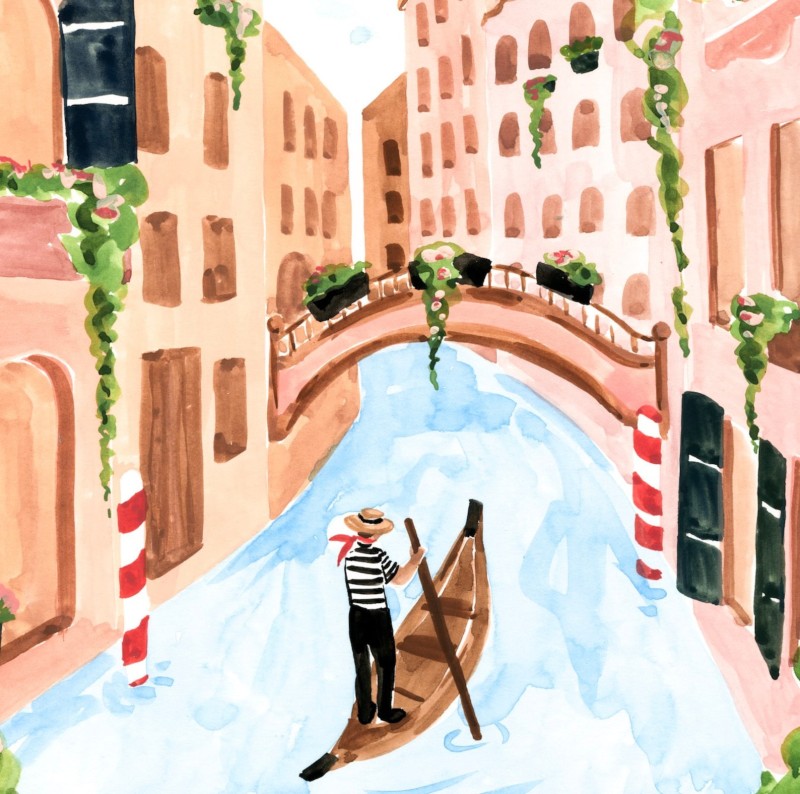
England has many canals (our country was built on them, during the Industrial Revolution, all goods were transported to and from London this way, before the invention of the motor car).
But these days, although most of our canals are for leisure use, they are often full of litter and oil, and this is not good for local wildlife, nor tourism.
A few years ago, Venice (which obviously makes most of its income from tourism due to its beautiful canals and bridges) was also plagued by the same. But it did not just sit on its laurels. It did something about it.
Especially after the pandemic, when it found that previously polluted rivers suddenly became clear and free from pollution and litter. It inspired them to act!
Today, the bins are emptied up to 14 times a day (for both locals and tourists). And there is talk of a tourism tax, to fund cleaning up after tourists (who are the main ones dropping the litter).
Like many European cities (including Barcelona), this city’s residents now only really want tourists who are interested in its rich history and architecture. Not ‘quick day tourists’ who rush off cruise ships and buy tourist tat, then rush back on-board again, contributing nothing to local economies. In fact, the city of Venice has even now banned larger cruise ships, in an effort to protect their treasured canals.


